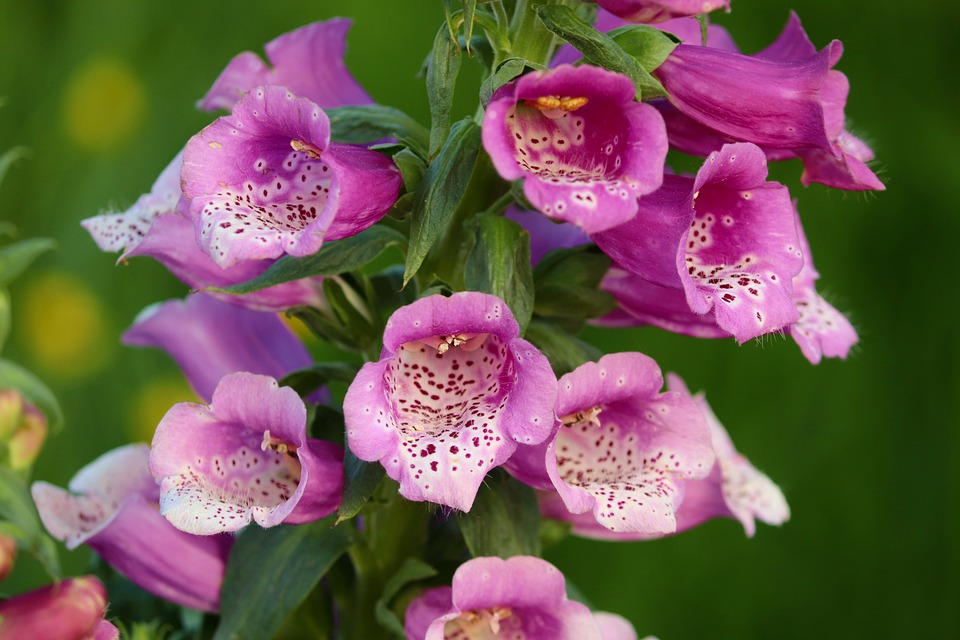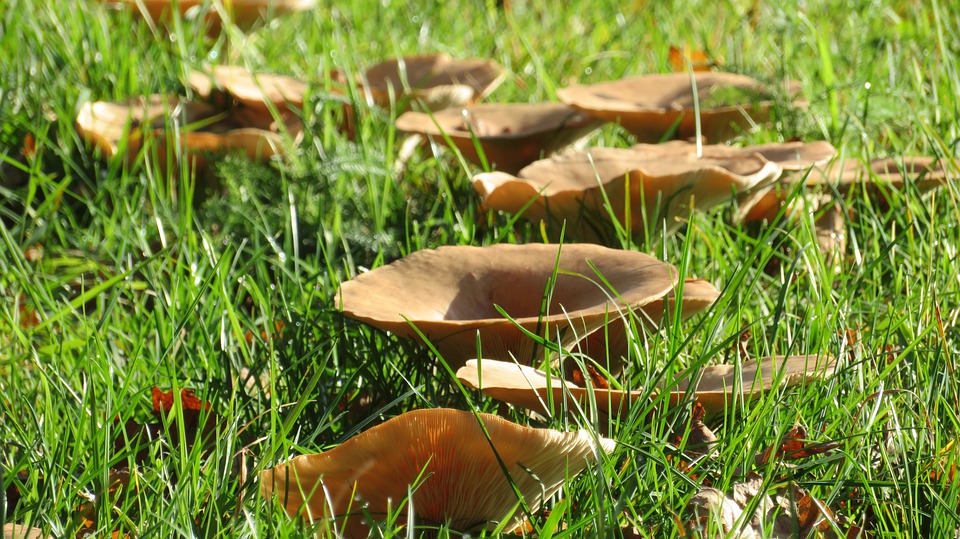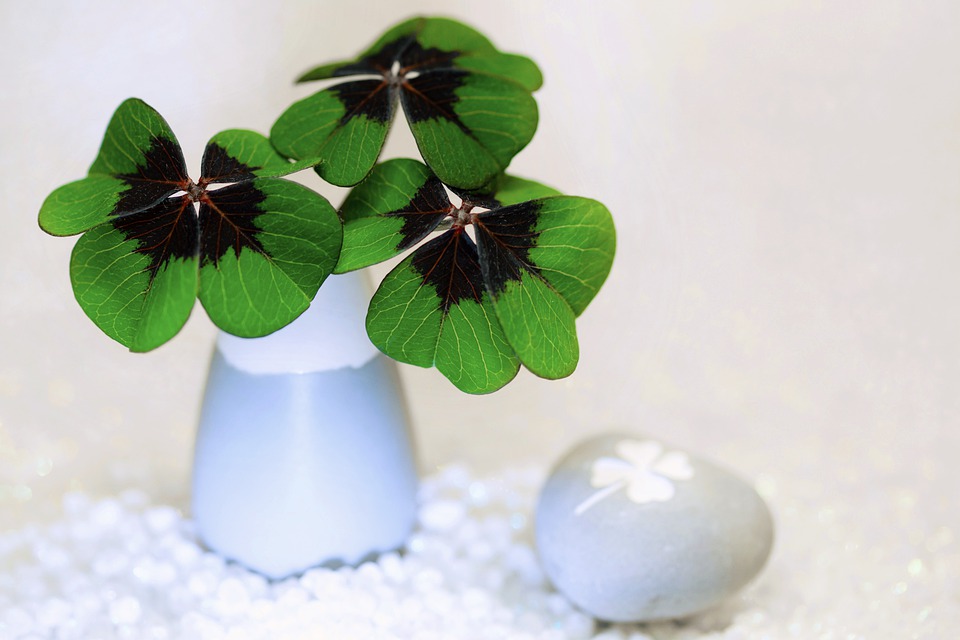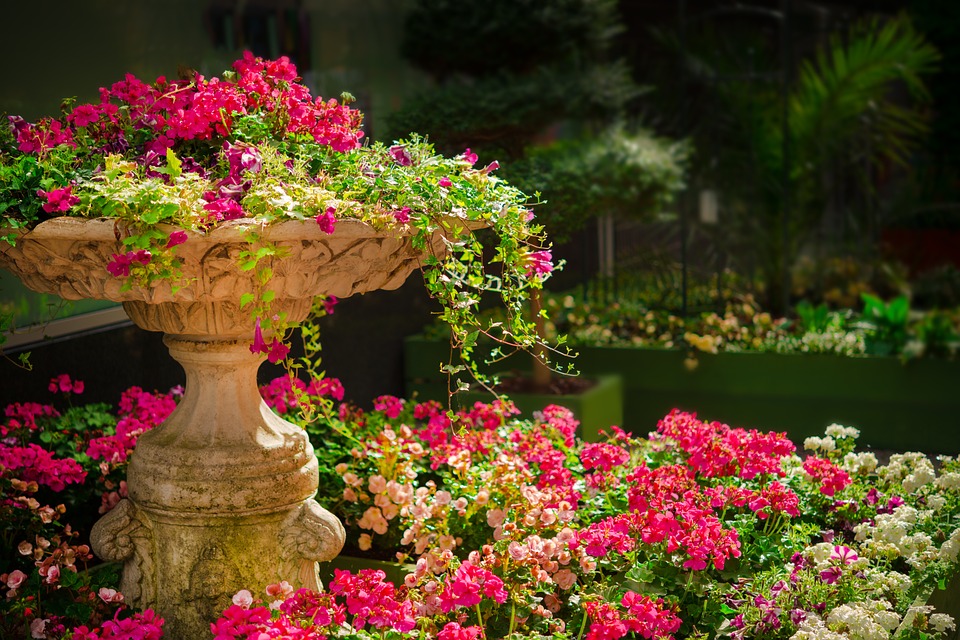Superstitions go beyond the house and into the garden. Many garden-related superstitious practices were carried out back in the Middle Ages. However, there might be some people who still believe in them.
Why don’t we go discover some of these garden folklores today?
#1. Lady’s Mantle

Lady’s mantle is an unusual but attractive green plant that grows in cool regions. Native to Europe, this interesting plant consists of scalloped-shaped leaves which can collect beautiful huge dewdrops. Many people recommend adding it in shady areas of the garden.
However, did you know that people used to think that the dewdrops collected on its cup-like leaves had magical properties in the eighteenth-century in Europe? People used to take the dewdrops found on the lady mantle’s leaves and make magic potions with them back then. These magic potions were said to turn anything ordinary into gold. This alchemy process is where the plant got its name, “Alchemilla mollis”, which means “small alchemist.”
Another myth about the lady’s mantle is how this plant was used to adorn the Virgin Mary.
#2. Foxgloves

Foxgloves, commonly known as Digitalis, refer to wild and tall plants with purple-pink spikes of trumpet flowers. Generally, they make excellent garden plants. But do you want to know the folklore behind foxgloves?
In ancient times, people used to believe that foxgloves were a source of a witch’s power. Yes, a witch! A common belief was that witches would make a sort of ointment from foxgloves and then apply it on themselves and on their broomsticks in order to fly high in the sky.
Another superstitious belief was that foxgloves were the favourite plants of the fairy world. Small and magical fairies would play inside the flowers and the patches on flowers would represent the spots where the fairies had touched. Removing foxgloves from their original places and bringing them home with you is considered a bad omen as these flowers could have belonged to a fairy, resulting in an act of revenge by the magical creature.
And I’m sure you don’t want to face the wrath of the fey, even if it’s Tinkerbell!
#3. Oaks

Oaks are trees with spiral-like leaves that originate from the beech family. It is noted that an oak tree can support many more insects and butterflies than any other tree. However, did you know that besides their protective feature, oaks were seen to have magical features?
In ancient times, oaks were considered as holy and sacred trees.
#4. Fairy Rings

No, it’s not a ring you put on a fairy’s finger! A fairy ring refers to a big circle of mushrooms. It is also called an elf circle or pixie ring. Fairy rings can usually be found in forests or grasslands and they have often been linked to many legends.
For instance, it is considered bad luck if you step inside a fairy ring. Why? Because the circle represents the place where fairies dance and if you enter the ring, you would be able to see the fairies who are usually invisible to the human eyes.
If you are wondering what is so bad about being able to see fairies, let me tell you that as per the legend, once you have entered the ring, it will be impossible for you to leave the fairy realm and come back to the human world as supposedly these small fairies would capture you. However, if by accident, you have step inside an elf ring, the myth says in order to escape from being captured, sprinkle thyme on the ground to confuse and intoxicate the fairies.
What a story!
#5. Four-Leaf Clover

The four-leaf clover is said to be a very rare form of the common three-leaf clover. Many of us have heard how the four-leaf clover can bring good luck. But this belief can be traced back to the two prominent figures in the bible, Adam and Eve.
When Eve and Adam sinned against God and were asked to leave the Garden of Eden, Eve took a four-leaf clover with her. That leaf represented the last bit of paradise that stayed with Eve. Another legend was between the four-leaf clover and St. Patrick. According to the myth, St. Patrick would occasionally use this leaf to demonstrate the holy trinity to people.
Will you now add these above plants to your garden? Please share your views!

